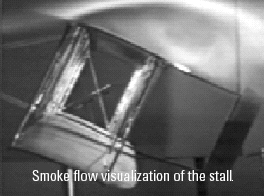
Flight Science & Technology Research Group
The Wright Brothers Project
Department Home
Page
Courses
Simulation
Facilities
Feedback: mdw@liv.ac.uk
The Wright brothers recognised that an aeroplane was a system of constituent subsystems each performing a different function. Their skill was combining these parts efficiently into an integrated whole. Some of the critical factors of the Wrights’ research are presented in this brochure from a modern aerospace perspective.
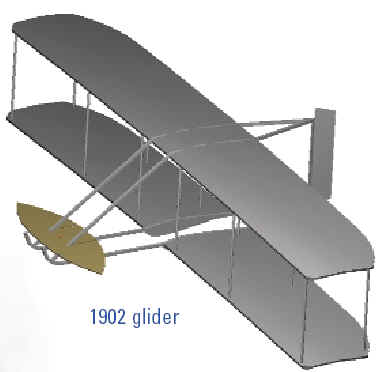
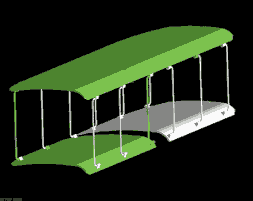
Computer aided design was used extensively in designing then wind tunnel models
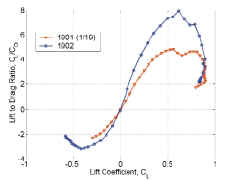
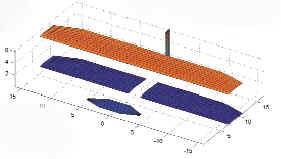
A computational aerodynamic
model of the Wright 1902 glider
The Wright Brothers made key discoveries in the field of aerodynamics enabling them to design a machine that was aerodynamically efficient enough to carry a man in the winds over Kitty Hawk. They achieved this advance through the use of wind tunnel testing. The wind tunnel is a tool extensively used today. The Liverpool Wright project has made use of wind tunnel tests, supported by modern computational methods to identify and understand the unique aerodynamic properties of the Wright Brothers aircraft.
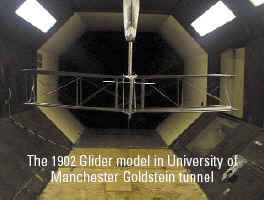
Results from wind tunnel tests were able to show the performance increase achieved by the Wrights when comparing their 1902 glider to their 1901 glider. Also the tests identified the ‘safe stall’ characteristics unique to the Wrights canard configured design.
